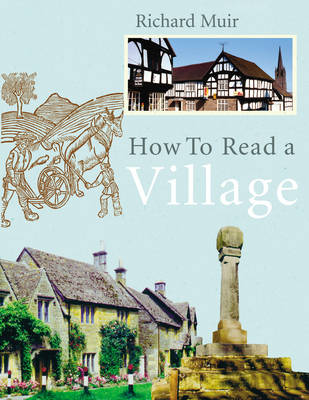What constitutes a village? What is the significance of the maypole? What was the true purpose of a village green? What is a 'moot hall'? What is the origin of lich-gates? What was the real role of a yeoman? How come whole villages have disappeared over the centuries? This book reveals the answers and provides all the tools a village detective will need. Village history, points out the author, is embedded in the village landscape. Village stories can, therefore, be 'read' : this book will reveal how.
Arranging the book thematically, chapters cover ancient villages; the village green (including maypoles, pubs and ponds); the village church; cottages and farmsteads; village architecture (including lock-ups and market crosses); village casualties; fishing villages; clachans and fermtouns; villages of the modern era. Drawing on dozens of real villages as examples, the author, an expert on the landscape, matches up popular images and perceptions with the realities of old village life and history. Illustrating his theories with photographs, maps and drawings, he shows how amateur enthusiasts can pursue local village history with fascinating results. Covering the whole of Britain, he also points out key regional differences - for example, why villages in Scotland follow a different pattern to villages in England. This is a fascinating book that will delight lovers of local history everywhere.
- ISBN10 0091920116
- ISBN13 9780091920111
- Publish Date 22 November 2007
- Publish Status Out of Print
- Out of Print 21 January 2021
- Publish Country GB
- Publisher Ebury Publishing
- Imprint Ebury Press
- Format Hardcover
- Pages 272
- Language English
